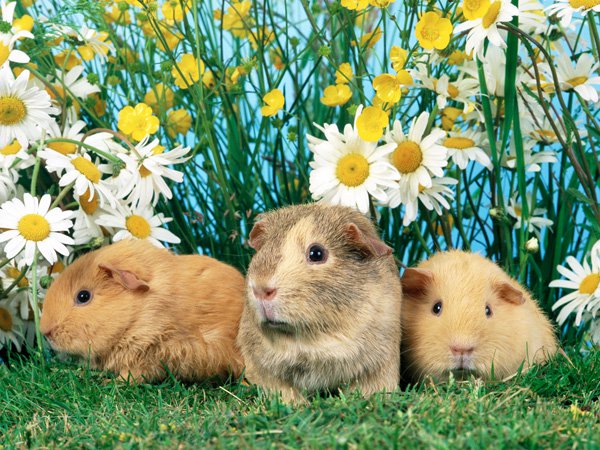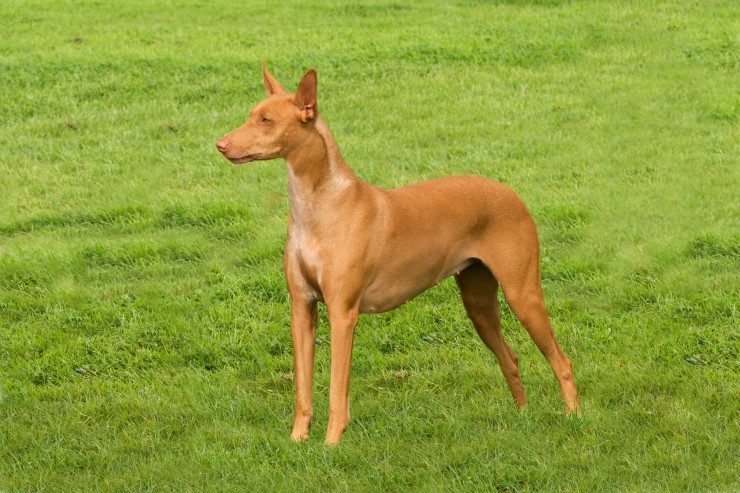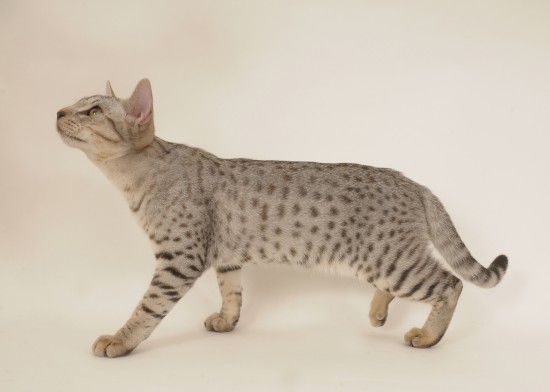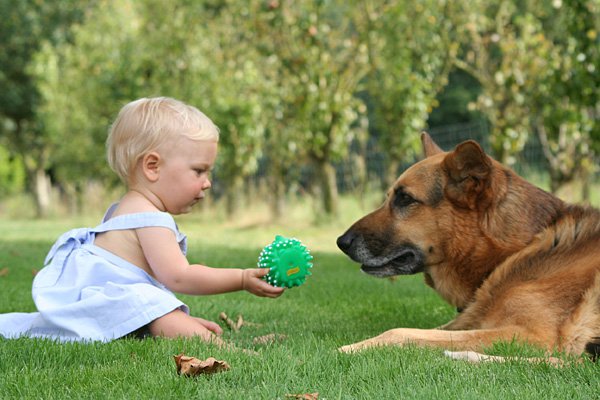
An aging dog needs to be cared for like an aging friend. One must not forget how the dog gave love, loyalty, and company all through his life. Now, it needs someone to be the caregiver. Human years and dog years are different, and so, a seven-year-old dog is already aging. One can start seeing the changes that come around from this point onwards.
Physical symptoms of aging
An aging dog will slow down. Its movements will take longer, be it while getting up from the lying posture, walking behind its owner, going up the stairs and so on. This often happens due to arthritic conditions that affect the joints, bones and muscles. It will slowly start to lose its hearing as well and eventually be unable to respond to calls as well as in the past.
It can be very heartbreaking to see these changes in loving companions, but at times like these, one has to understand that the dog is aging, and that it needs some extra attention. An old dog's eyesight will also be affected. A bluish transparent haze will form over the pupils, and the dog will have problems seeing things that are nearby.
Behavioral changes
These are just some of the physical changes that take place in aging dogs. There are many behavioral changes too, and one is separation anxiety. An older dog is unable to cope with changes in routine. If the owner needs to be absent for long periods of time, it will cause more behavior and anxiety issues in an older dog than in a younger one.
It will start showing anxiety by howling, scratching and becoming destructive. The dog may start displaying signs of aggression. Even a well-trained dog can lose bowel control, as it starts aging, so one must not be surprised if the dog begins making those messes again. Some older dogs start having sleepless nights, and they pace, or start howling when they should be asleep.
It is natural for all dogs to start showing signs of aging to varying degrees, and a few steps should be taken to make their life more comfortable. A healthy and active, younger dog requires different kinds of food, whereas an elderly dog's dietary requirements will include more low calorie and low fat foods.
A dog's physical activity decreases over time, and if it is fed the same diet, it can grow obese and have health problems. Buy good quality dog food which contains the correct amount of fiber, sodium, antioxidants etc. Stop feeding him table scraps, as its digestion will also weaken given that an older dog is unable to digest as many kinds of food.
An aging dog still requires exercise, although it needs only a light walk around the park. One must keep the walks short and use a harness instead of a collar, as this will not put further strain on the neck muscles. Since an older dog does not get much exercise, its nails do not wear down as much. So, the owner must clip its nails regularly. In addition, one must keep rugs on the polished surfaces of the house so the dog does not trip or slip on them. The responses of an aging dog will be slow, requiring the owner to think ahead about things around the house that might cause injuries.
Make regular visits to the vet. An older dog will start facing many health problems such as cancer, dental problems, arthritis, kidney or renal failure, eye problems, diabetes, obesity, gastrointestinal diseases and other ailments. It is the owner's job to see to it that an elderly dog is given all the comfort it needs. One must not yell or get angry with it. One must treat such dogs with kindness and lots of affection.
 Information About Fish For Potential Fish Owners
Information About
Information About Fish For Potential Fish Owners
Information About
 Regular Shih Tzu Grooming Prevents Health Problems For The Breed
Regular Shih Tzu Grooming Prevents Health Problems For The
Regular Shih Tzu Grooming Prevents Health Problems For The Breed
Regular Shih Tzu Grooming Prevents Health Problems For The
 A Feeding Guide For Pharaoh Hounds
A Feeding Guide F
A Feeding Guide For Pharaoh Hounds
A Feeding Guide F
 Is The Ocicat The Right Cat For You?
Is The Ocicat The
Is The Ocicat The Right Cat For You?
Is The Ocicat The
 Dog Training Classes - What they have to Offer
Dog Training Classes - What they have to Offer
Dog Training Classes - What they have to Offer
Dog Training Classes - What they have to Offer
Copyright © 2005-2016 Pet Information All Rights Reserved
Contact us: www162date@outlook.com